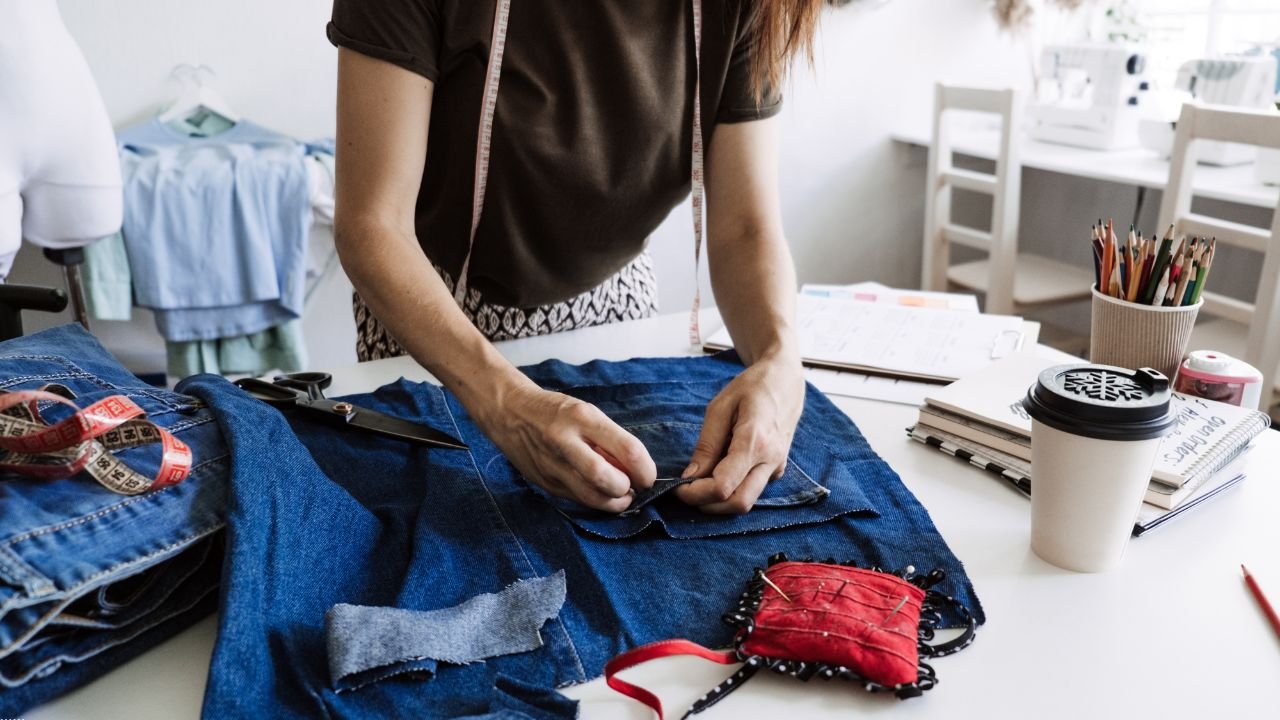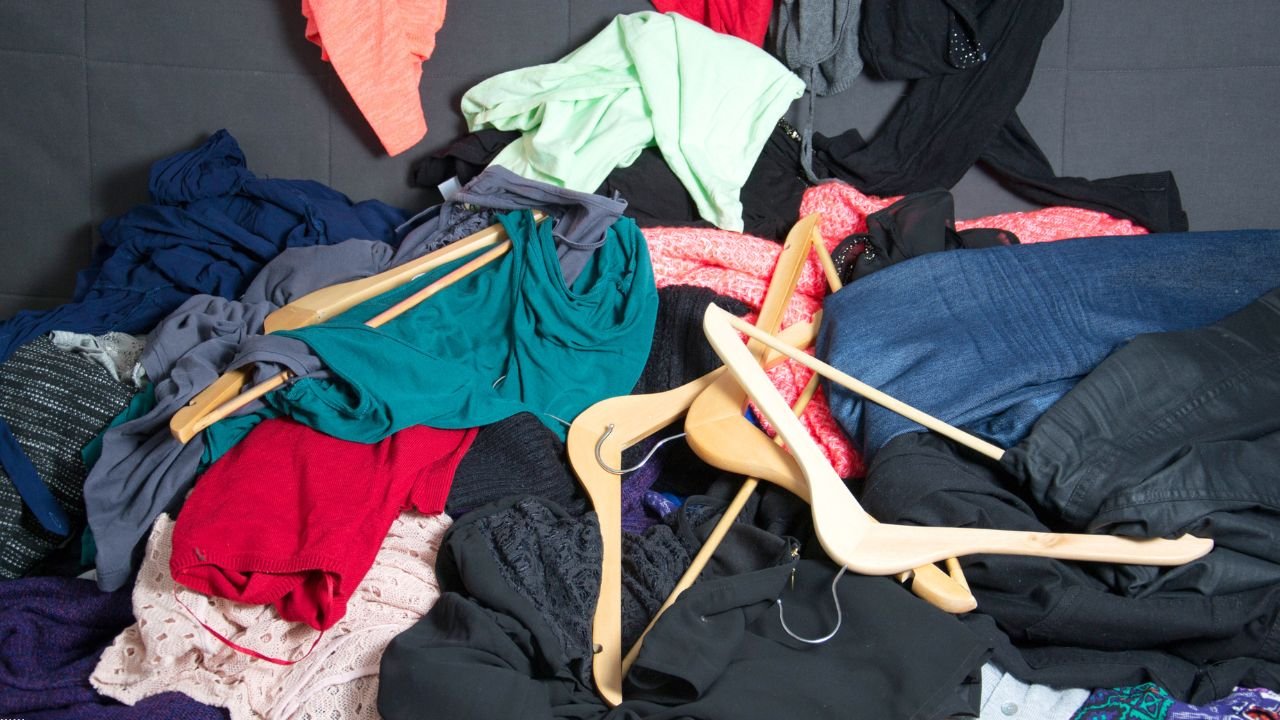I wrote this piece when I was contributing to another site. This article is a bit longer than that one and it explores each of the concepts a bit deeper. While I’ve talked about sustainability in fashion quite a bit, it doesn’t hurt to keep exploring how we can do better in this arena. I look forward to your thoughts in the comments below.
Let’s explore minimalism when it comes to our clothing. Maybe you are looking to have a more minimalist lifestyle, living with fewer things. Clothing plays a large part in each of our lives. Most people have more clothing than they actually need. Fast fashion & mass consumerism have driven our culture to buy more and more and this is not sustainable for our planet in any way. As our closets bulge and clothing falls apart, much of it gets thoughtlessly dumped in the landfill. Creating a "sustainable" wardrobe" can help you leap out of this vortex of mass consumption.
What makes a wardrobe sustainable - for that we should look at a few different things:
Who Made it & Where it came from
These two things will tell you alot. Knowing who made your clothes is really important - just know that even if it was made in a factory, a human made it. It's not the machine that makes the clothing, it is a person. Do you know the person who made your clothing? Was it you? Homemade clothing is often more sustainable than factory made clothing because it omits a few steps in the process of manufacturing, saving water and other resources. Also, The closer the garment is made to where you live, the smaller the carbon footprint will be.
What’s it’s made of
Clothing made from natural fibers like cotton, silk & wool is more likely to break down (bio degrade) faster than clothing made from synthetic fibers. Synthetic fibers are produced with chemicals, often off-gas and have a difficult time biodegrading and may take hundreds of years to do so, only adding more chemicals to our environment and atmosphere.
Also, upcycling or restyling your current pieces with extend their life and make them more interesting. Thrift flips are another way to give cling more life.
How it was made & How long we can expect to own it
The quality of your garments is very important in their lifecycle. If clothing is well made, it will last a long time, and serve you for many many years. In this respect, high quality clothing will not need to be replaced as often and will look good for longer.
How you care for your clothing
The only garments that need washing after a single use, are undergarments, worn next to our skin every day. Most other clothing can be washed much less often. Some people don't ever wash their jeans. They just spot clean them and then put them in the freezer for a day to kill the bacteria that may be living on the fabric. The overwashing of garments causes excess water usage and diminishes the life of the garment. Washing machines and dryers can be very hard on clothing and cause them to degrade faster than necessary.
Also, do you know how to mend your clothing? Mending & learning to sew can extend the life of garments even longer, which makes it a wonderfully sustainable practice.
Second Hand and Vintage Clothing
Our world has more than enough clothing that already exists. Purchasing 2nd hand or vintage (more than 20 years old) clothing is a wonderful way to reuse and extend the life of clothing that already exists.
There is so much we can do individually, to make our closets more sustainable. I hope you’ve gained some insights or inspiration from the words above. Please let us know how you are working toward a more minimalist or sustainable wardrobe, in the comments.
Until next time,
xo Jennifer




